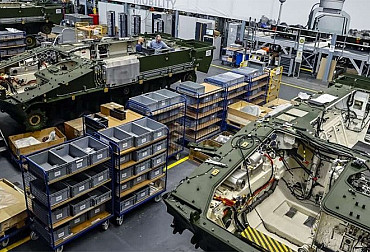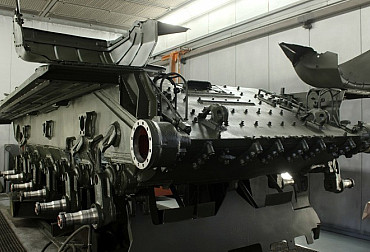L-39 Skyfox: First practical experience of pilots-instructors from LOM PRAHA
From October 2024, pilots at the Centre of Flight Training (CLV) of the state enterprise LOM PRAHA have been undergoing retraining for the new subsonic jet aircraft, the L-39 Skyfox, which will expand the current portfolio of training aircraft. Naturally, we were curious about the first experiences of the instructor pilots with the new aircraft, so we visited them to ask personally.
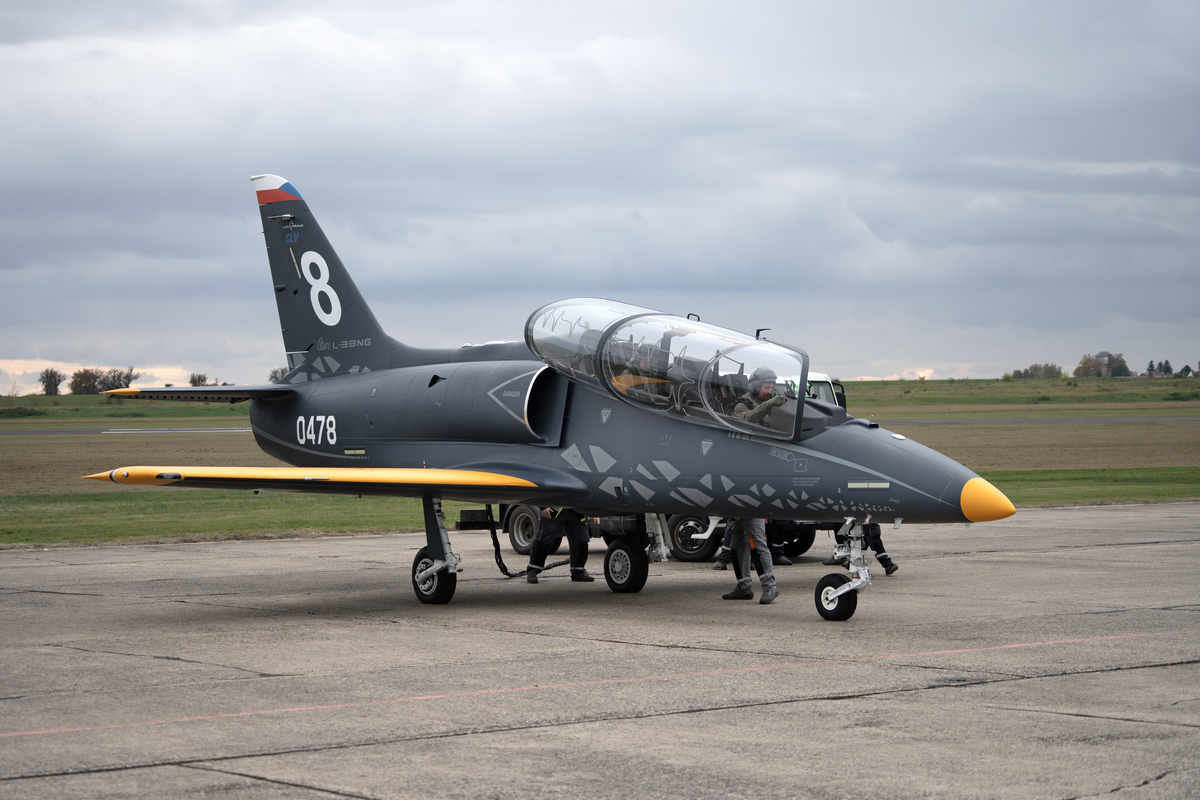
Initially, the LOM PRAHA Air Training Centre will operate four new L-39 Skyfox subsonic aircraft (previously designated as the L-39NG before the official name change) under a contract signed in November 2022 between the manufacturer AERO Vodochody and the state-owned LOM PRAHA. This contract, which includes an option for four additional aircraft, was a significant milestone for AERO Vodochody and allows LOM PRAHA to continue training tactical pilots of the Czech Armed Forces on a modernized L-39 platform. Production of the four L-39 Skyfox aircraft began in May 2023. The first two aircraft are expected to be delivered to Pardubice by the end of this year, with the remaining two to follow in early summer 2025. Full training on the aircraft will commence thereafter, enabling the gradual phasing out of the older L-39C models, which are nearing the end of their lifecycle.
The estimated value of the contract is CZK 2.1 billion, with CZK 1.3 billion allocated for the new aircraft. The remainder covers related products and services, including post-warranty support guaranteed until 2028. Additionally, LOM PRAHA will receive specialized high-altitude and survival equipment, initial training for pilots and ground staff, ground equipment, spare parts, consumables, flight planning and analysis systems, and a ground training system.
The L-39 Skyfox aircraft will support both basic and advanced training at the LOM PRAHA Air Training Centre. These programs will equip pilots with the principles of using jet aircraft in combat missions. While primarily intended for Czech Armed Forces pilots, the aircraft may also be used to train foreign pilots.
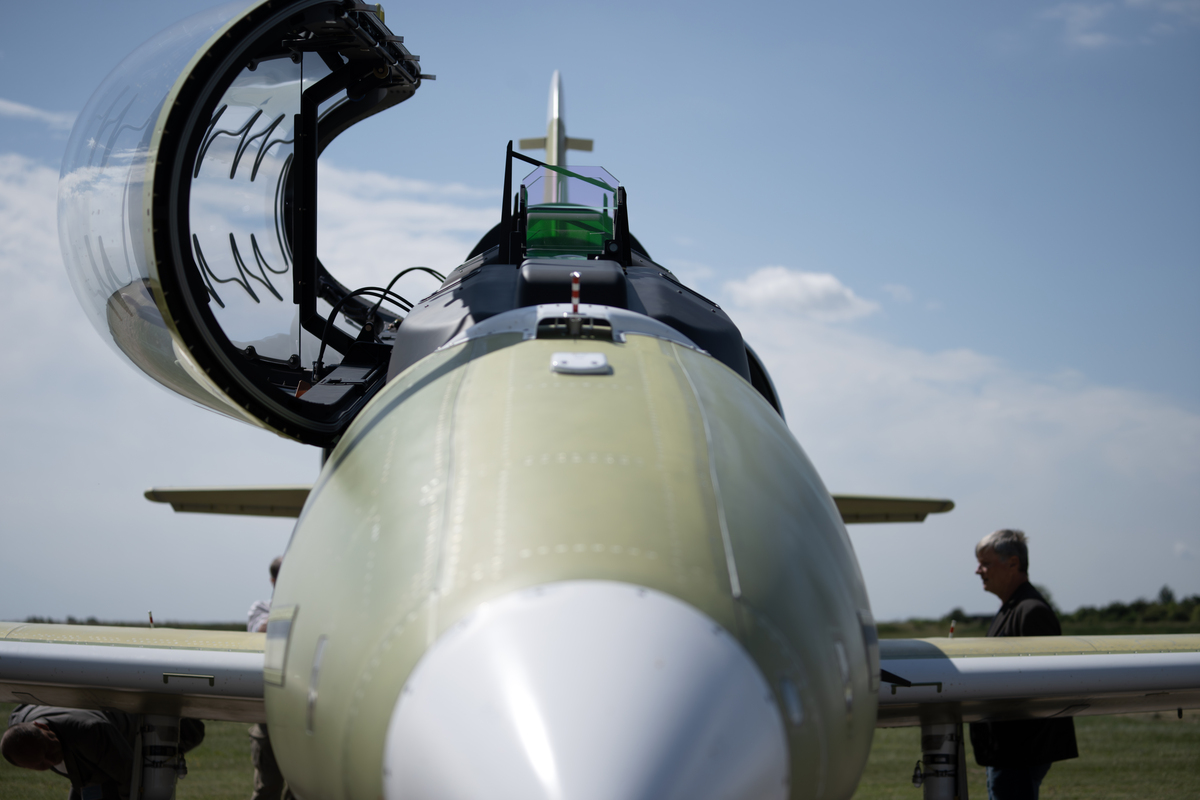
To support the operation of the new L-39 Skyfox, a new ground training centre will be established, featuring a certified Full Mission Simulator (FMS) provided by VR Group, a subsidiary of LOM PRAHA. The rough construction of the centre is expected to be completed by January 2025, with simulator installation beginning in February.
As mentioned earlier, experienced instructor pilots Tomáš Merta and Ervín Ehm have been flying the new L-39 Skyfox for three months. Both are seasoned instructors on the L-39C and former JAS-39 Gripen pilots in the Czech Air Force. We asked them about their retraining experience and impressions of the new aircraft.
The training part of the two mentioned pilot-instructors took place directly at the manufacturer's premises, i.e. at the Aero Vodochody company, and lasted approximately 25 flight hours. The retraining training consisted of basic training, during which the pilots achieved the status of PIC (pilot in command) and can thus fly the aircraft independently day and night, in all weather conditions. The second part was the actual instructor training, at the end of which the pilots obtained the instructor qualification, which can then export new instructors or students in CLV. The retraining of two more instructors will take place from the beginning of 2025 directly at the Flight Training Centre in Pardubice. In the spring of next year, CLV will have a total of four trained instructor pilots for the new L-39 Skyfox aircraft, but this number should grow over time. Let us add that the training at Aero Vodochody was carried out on two L-39 Skyfox aircraft intended for CLV, where in addition to training pilots-instructors on the second machine, technical staff was also trained.

Pilot-instructor Tomáš Merta shared his impressions: "I am very satisfied. Compared to the L-39C, the Skyfox has a full glass cockpit with two large color displays, a transparent HUD, and the HOTAS system. The cockpit is modern and user-friendly, including advanced pilot equipment like anti-G pants, a vest, and a mask, making it a real step forward for students." Regarding the performance and aerodynamics of the L-39 Skyfox, Tomáš Merta told us that although the engine in the new aircraft is almost as powerful as the one in the previous "C" generation, the different engine characteristics make the new aircraft feel much more powerful. "We can afford aerobatic turns above 4 kilometers, which simply weren't possible with the C, and the new avionics make flying in difficult weather conditions or reduced visibility more user-friendly," Merta continues, adding that this reduces the demand on the pilot because the system provides guidance. "The aircraft is also very lively, i.e., it reacts quickly to changes in the position of the control sticks, has better acceleration and deceleration, and definitely meets all the requirements for a new training platform for future combat pilots," the pilot-instructor says of his practical experience with the L-39 Skyfox.
Merta sees the virtual training system on the new training aircraft as a huge benefit. In practice, this means that although the aircraft does not have a physical radar, it has at least a virtual one thanks to the system. This allows the pilot to intercept a target or conduct long-range air combat, which the L-39C did not permit. Using the virtual radar, the instructor can set up, for example, an imaginary target at a long distance that flies toward the trainer aircraft. The trainee then learns the radar controls in this simulation to find the target, lock onto it, and make an ambush without needing another aircraft in the air. In addition to virtual targets on the virtual radar, the virtual training system also allows the L-39 Skyfox to automatically track other L-39 Skyfox aircraft in practice through datalink connectivity. When the datalink station is on the ground and linked to the simulator, both pilots on the ground and in the air can train together. Ground threats, such as missile troops, can also be simulated in the virtual training system. "For me, this is really a huge leap forward," concludes pilot-instructor Tomáš Merta about his first experience with the L-39 Skyfox, adding that the new aircraft will ease the transition to the 4.5 generation and beyond.
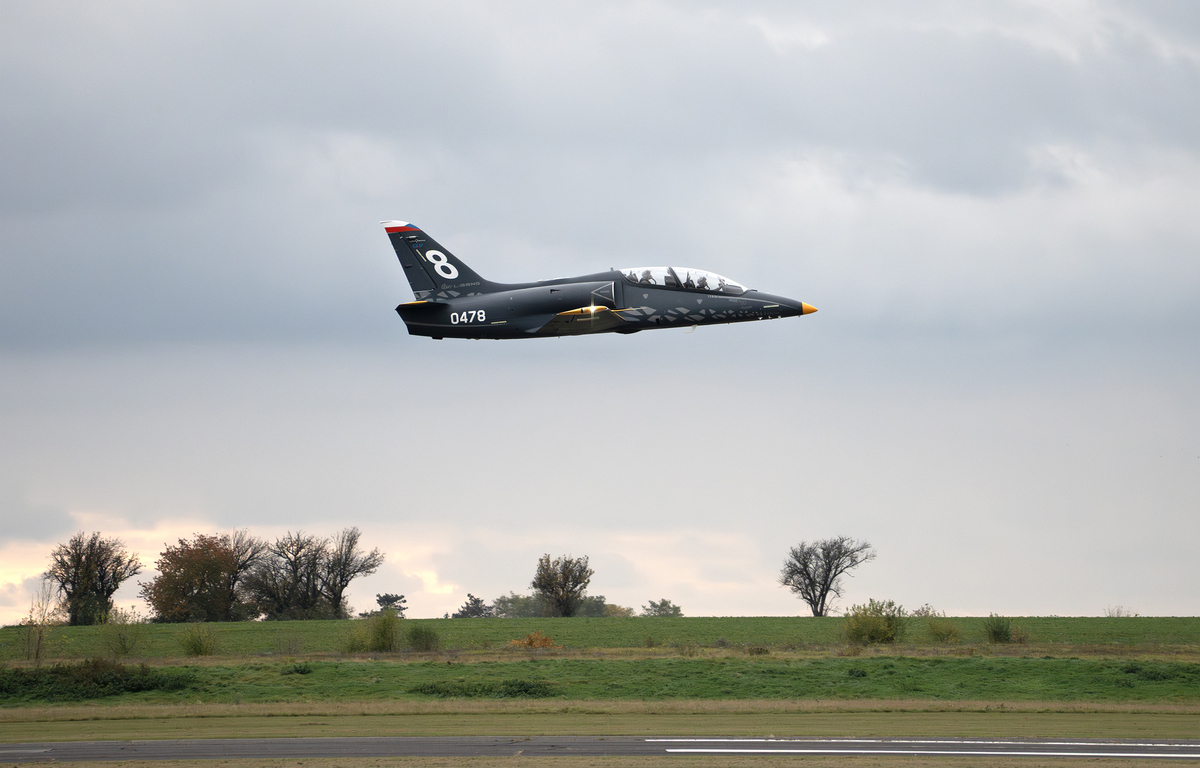
There is sometimes a misconception on internet discussion forums that the new L-39 Skyfox is just a facelift of the original L-39C. So we asked Tomáš Merta what difference he sees between the two aircraft as a professional. "It's like comparing an old Škoda Octavia from 2000 with a brand-new Octavia. The shape is, of course, similar with some facelift, but inside there are modern displays, a touchscreen, and the driver has much better comfort while driving, and so on. So the interior is completely different," says Merta.
Due to the increased demand of the Czech Air Force for new tactical pilots, Tomáš Merta believes that expanding the fleet of four L-39 Skyfox aircraft with additional units would certainly be beneficial in the future.
We also asked co-pilot-instructor Erwin Ehm about his first experience with the L-39 Skyfox. "So far, I have had a very positive experience, and I think the aircraft is very suitable for training young pilots. The aircraft responds immediately to the control stick, so it does not have a few seconds of delay, as is the case with the AI-powered L-39C. The aircraft is lighter and handles very well even at higher altitudes," says Ehm, who noted that the trainer lacks autopilot and autothrottle functions, which allows the pilot to focus more on tactical situations or radar work.
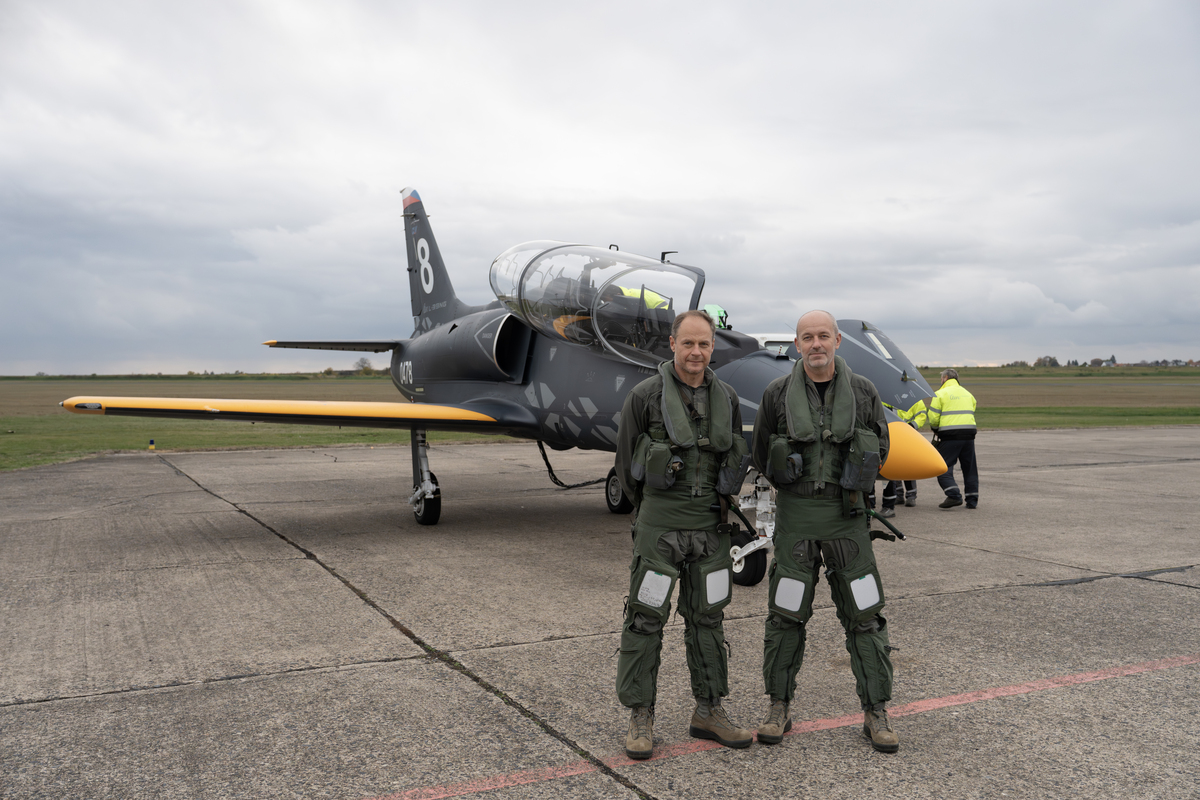
In an interview with Ervin Ehm, we also discussed the importance of flight simulators, which, according to him, greatly accelerate and streamline training. "What used to require 150 flight hours in the air, for example, now needs only 100 hours, with part of the training done on the simulator. Thanks to the glass cockpit, the simulator training is also full-fledged. In addition, we can put a lot more pressure on pilot training in the simulator without the risk of an accident or injury, and the rule 'hard on the training ground, easy on the battlefield' applies. The pilot practices the mission in the simulator, so they are already well-prepared for a live mission in the aircraft," says Ervín Ehm. "Today, the simulators are so advanced that pilots spend, for example, 100 hours on the simulator and then 100 hours in the air, which wasn't possible in the past," concludes pilot-instructor Ervín Ehm. At CLV, the optimal ratio between flight hours on the new simulator and in the air is still being fine-tuned, but for now, real flight hours prevail.















